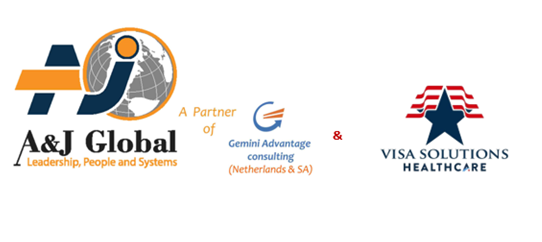It’s the desire of every entrepreneur that their business grows in various aspects be it in customer base, expanded geographical footprint , profitability, cash flow, Human capital capabilities among other parameters. An important factor in growing your business is ensuring that you have the proper support and foundation to thrive and bank on in trying times. This in simple terms is called the balance between leadership, corporate governance & risk management. Without above strong pillars of business, your business may not withstand industry shocks and growth might stall out unexpectedly.
I invite leaders and decision makers to a ONE YEAR SERIES of appreciating concerns and best practices to improve risk management, leadership & corporate governance in pursuit of balanced business growth. Each of the areas will be discussed to some level of exhaustion for at least Quarter of a year. The first three months (April-June 2019) will focus on key risks in the 21st century that would be worth keeping a CEO or an entrepreneur awake at night:
Customer concentration risks
Every business owner or a CEO worth their salt celebrates when a ‘big’ client is netted by the marketing or sales team. The catch is generally perceived to be a key driver to increased revenue and improved company profile among other benefits. The flip side of the coin however means a lot of resources have to be committed to keep this client(s) happy at all times. It also means that key decisions by the company will in most cases incline towards being in line with shifting demands of the big client. Should the big client experience challenges that would lead to reduced demand or a shift in its consumption strategy, it leaves the vendor exposed in a big way and might lead to losses that would bring the vendor to her knees.
An example would be vendors who over relied on supplying some of the big businesses that have gone under in our recent history here in Kenya. Another example would be suppliers who would rely on being subcontracted by some of the big telecoms to do the last mile data connectivity when such telecoms were still new in the market. Telecom industry later shifted to products that would allow them play both at the wholesale and retail levels leaving the subcontractors with idle resources and reduced business altogether.
Key to note is that any customer that forms more than +10% of a company’s sales volume or whose introduction demands internal infrastructural adjustments should be treated with care and deliberate resources need to be set aside to design mitigating strategies to absorb any unforeseen shocks . Board reports would need to capture an agenda to appreciate how such risks are monitored on a continuous basis.
Third party risks
The term ‘third party’ in business circles means a business partner engaged by a vendor besides the two primarily involved in a transaction but so important in making service delivery effective and customer friendly. An example is a telecom service provider facilitating a payment between a buyer and a seller through a mobile application.
We all have in some past experienced a situation where such payment platforms had extended downtime leading to frustration both to the vendors and the buyers. You can imagine sick people queuing in a hospital but for the above reason can’t an emergency service!
It is prudent to ensure that any third party engagements are supported by watertight agreements and service level agreements to ensure that any loss due to negligence is quantifiable and can be compensated. The agreements should both go through a review by a business partner and also a legal expert the former inclined to business continuity aspects and the later inclined to provisions that would support possible litigations in future in the favor of the vendor.
A continuous improvement program need also to be envisioned on the onset of contracting so that changing business needs and strategies are communicated on a timely manner by both parties. Sometimes sharing strategy papers with NDAs (non-discloser agreements) would be of paramount importance so that each party anticipates what resources to set aside to support the future needs of either party.
Key note : Create a redundancy for critical services supported by a third party , avoid overreliance on a third party service provided by a monopoly and continuously monitor each strategic move that a third party service provider makes. In parting, NEVER MAKE ASSUMPTIONS.
A&J global (the home of Mweledi Jobs) is a Business advisory hub on the following:
- HR ,Recruitment & Governance
- Risk Management & process reengineering
- Leadership& Capacity Building
- Assurance ( Internal Audit, system Audit,ISO 9001:2015)
For More visit www.ajglobalconsult.com and www.mweledijobs.com through email:admin@ajglobalconsult.com
